Image Gallery: Mysterious Lives of Whale Sharks
Whale Sharks
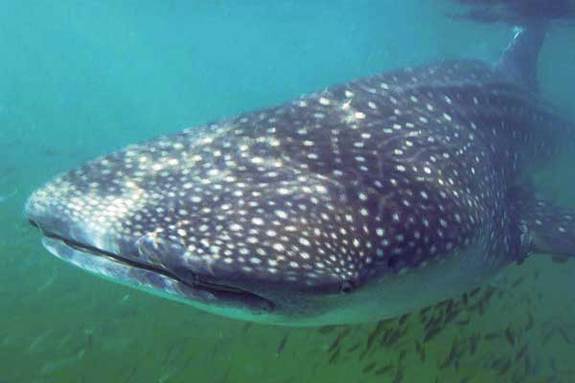
Whale sharks are the largest fish species, ranging from 18 to 40 feet (5 to 12 m) in length. Though they live in warm waters across the globe, researchers usually get to study them only in coastal waters where young juvenile males cluster to feed. Much of the sharks' lives seem to occur in the open sea, where they're hard to observe, leaving chunks of their lives a mystery. For instance, no one has ever seen whale sharks mate.
Scooping up plankton
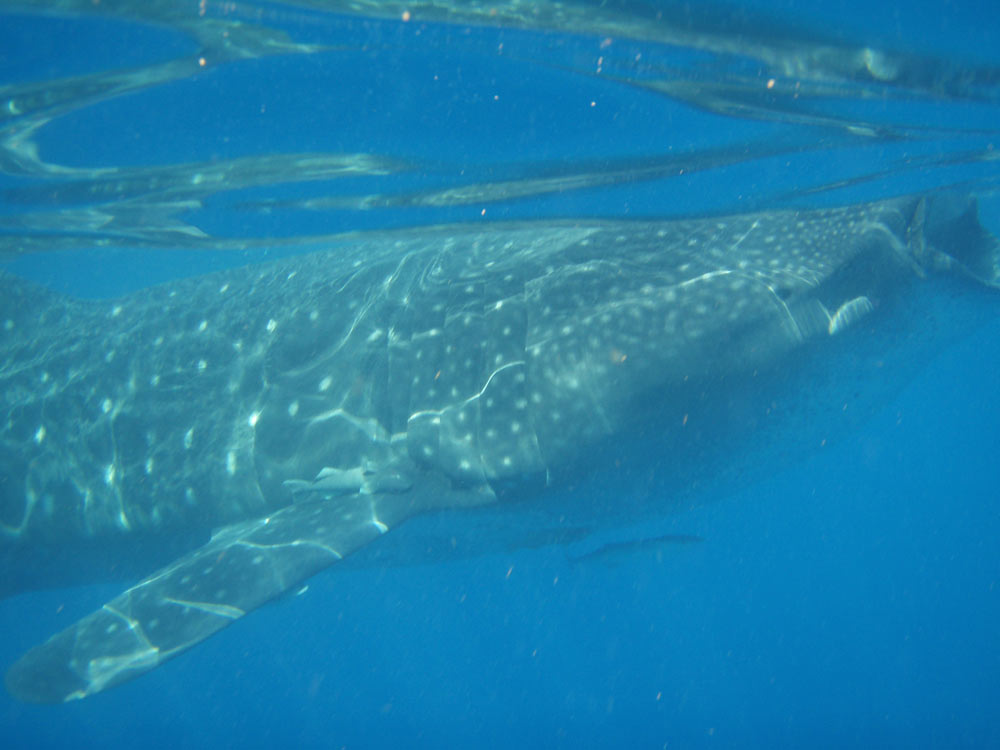
While swimming, mouths open, at the water's surface, whale sharks filter the water for tiny floating plants and animals called plankton, and any small fish that get caught in their mouth filters, which are made up of a spongy tissue that is supported by cartilage rods.
Filtering water
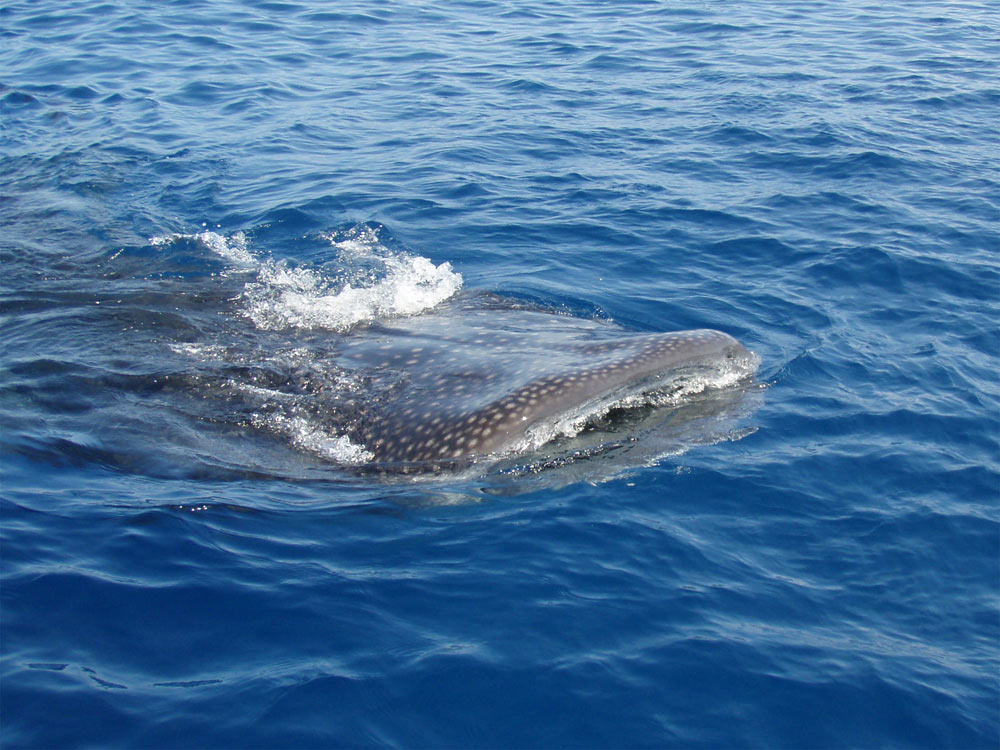
Whale sharks can filter 400,000 gallons (1.5 million liters) of water of hour, according to Sea World.
Best friends forever
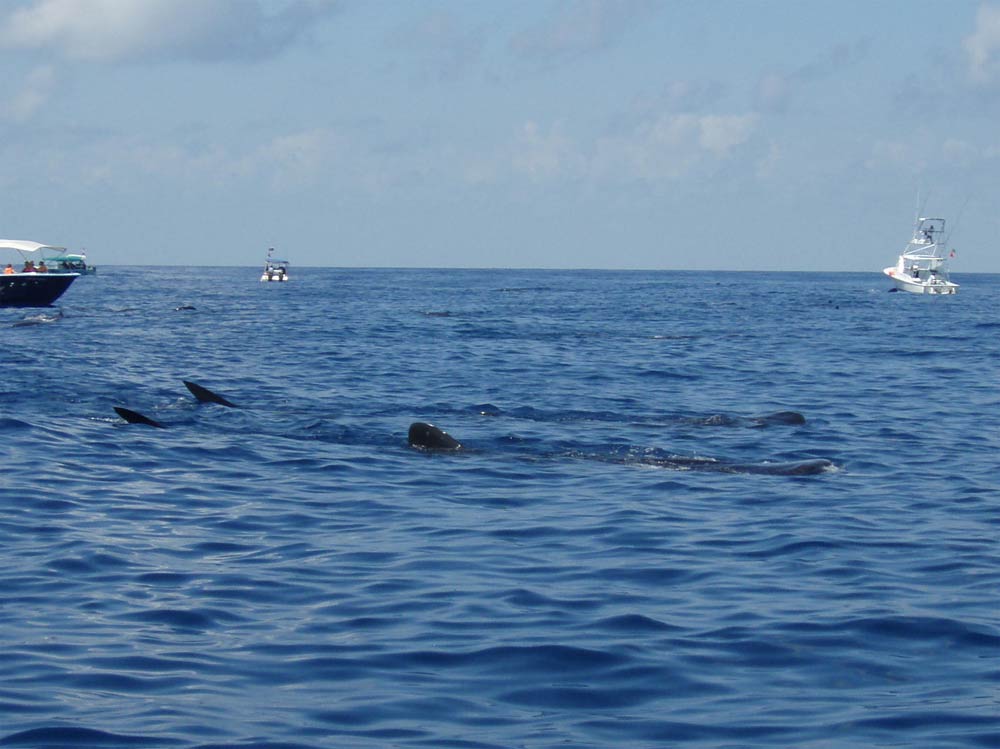
Scientists have been puzzled over why hundreds of whale sharks congregate each year off Isla Mujeres, a barrier island off the Yucatan Peninsula. On numerous occasions, scientists noticed at the "afuera" (a name given to this aggregation phenomenon) the whale sharks were pair swimming. "It seemed more deliberate than just that there were lots of sharks in a small area," said Jennifer Schmidt, of the University of Illinois at Chicago who studies whale sharks, adding that perhaps they have "best friends forever" (BFFs) like us.
Whale shark fins
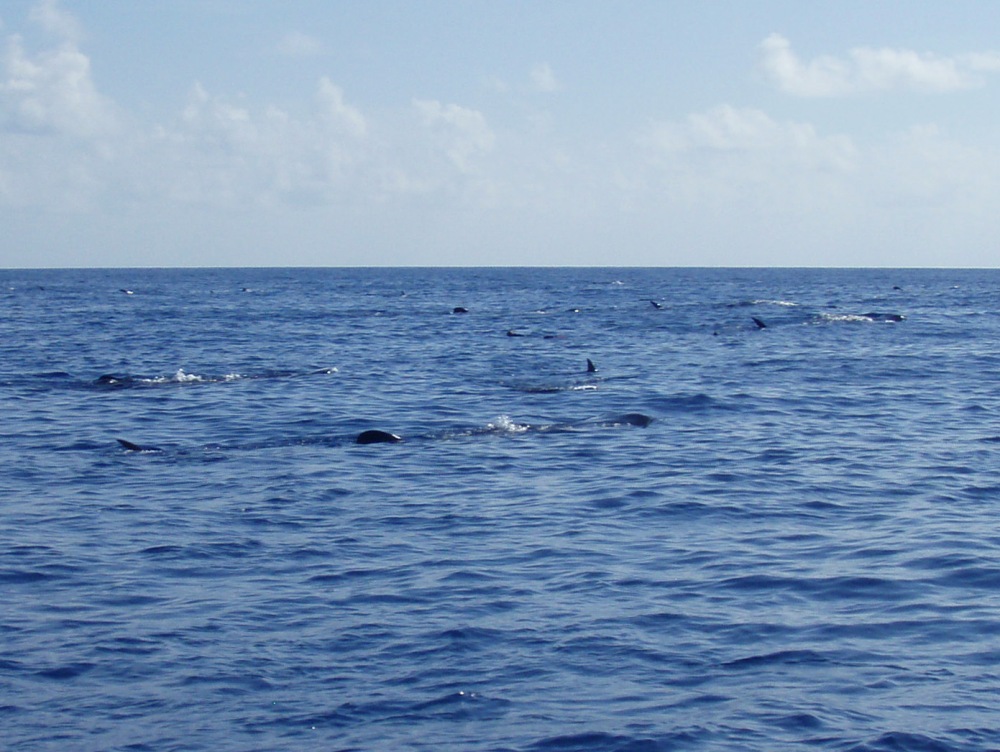
"You see dorsal fins and tail fins for as far as the eye can see in an amazingly dense mass," said Jennifer Schmidt of the whale shark aggregations in Mexico.
Sharks from above
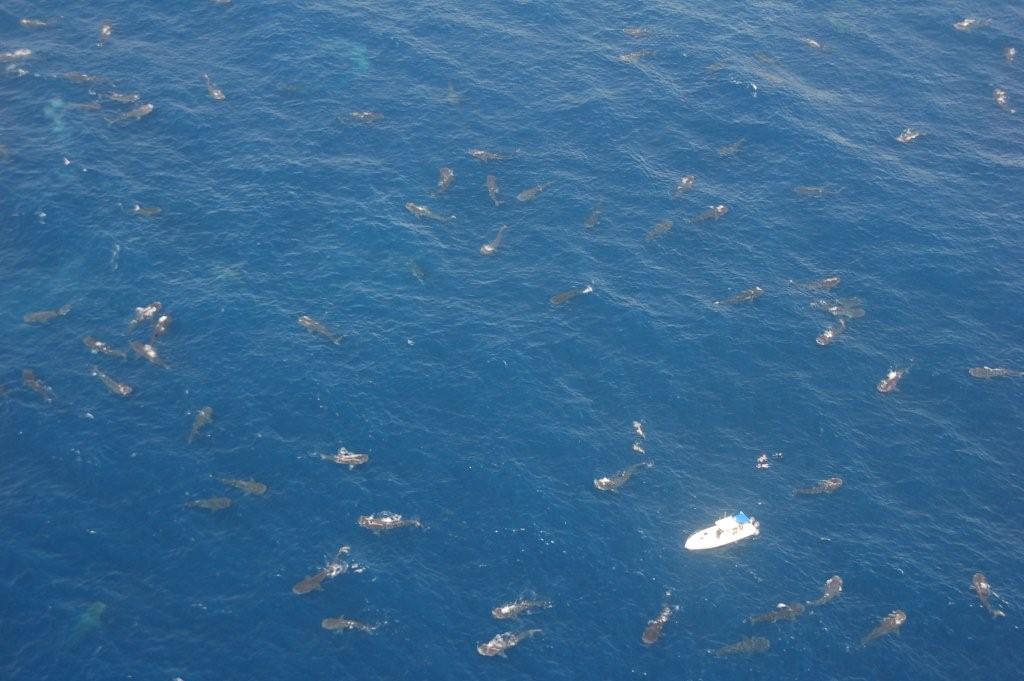
Aerial photo of whale sharks taken in the summer of 2009.
Big mouth
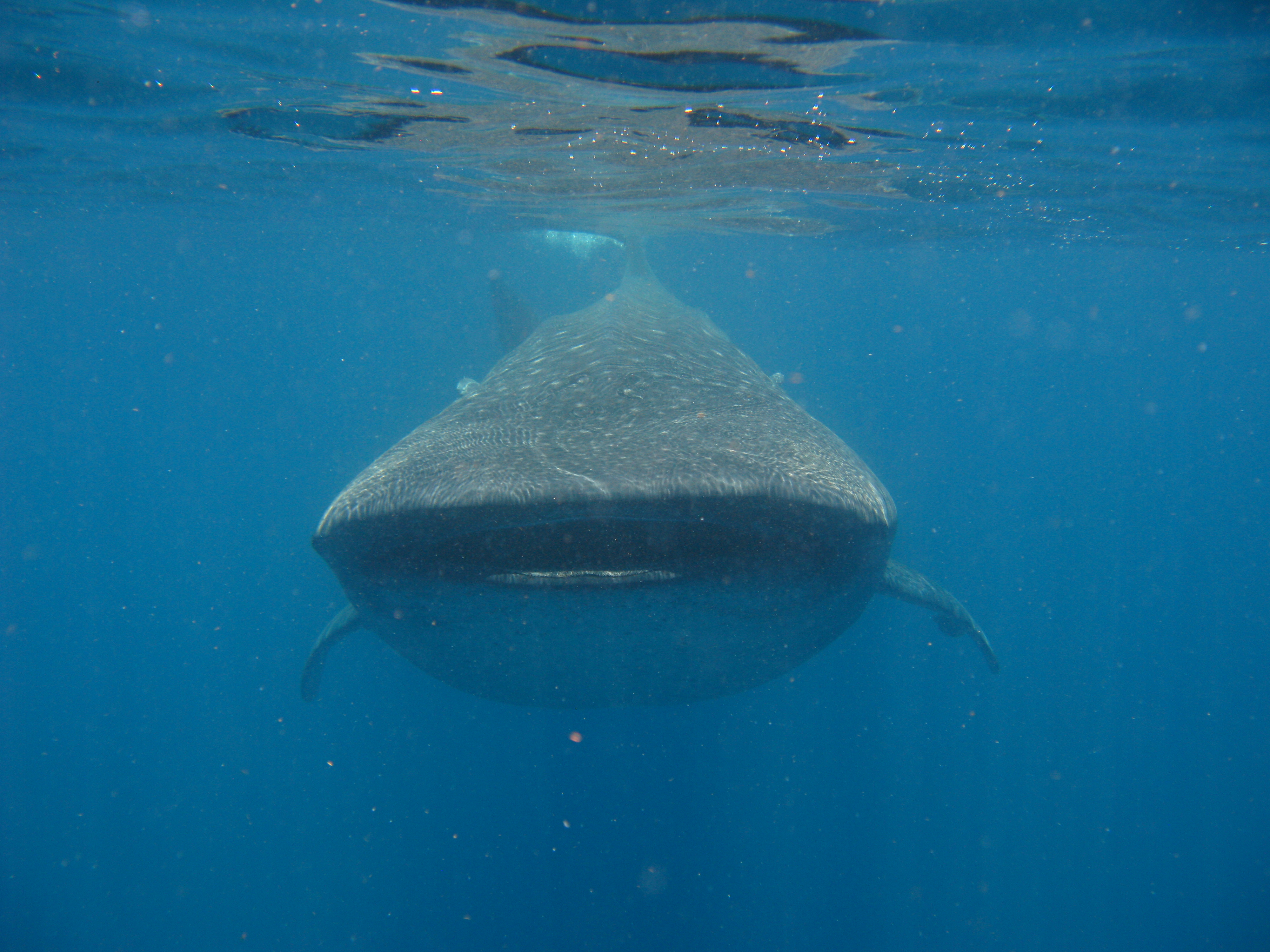
The whale shark's mouth can be up to 5 feet (1.5 m) wide, lots of room for scooping up ocean snacks.
Sign up for the Live Science daily newsletter now
Get the world’s most fascinating discoveries delivered straight to your inbox.
Filter feeder
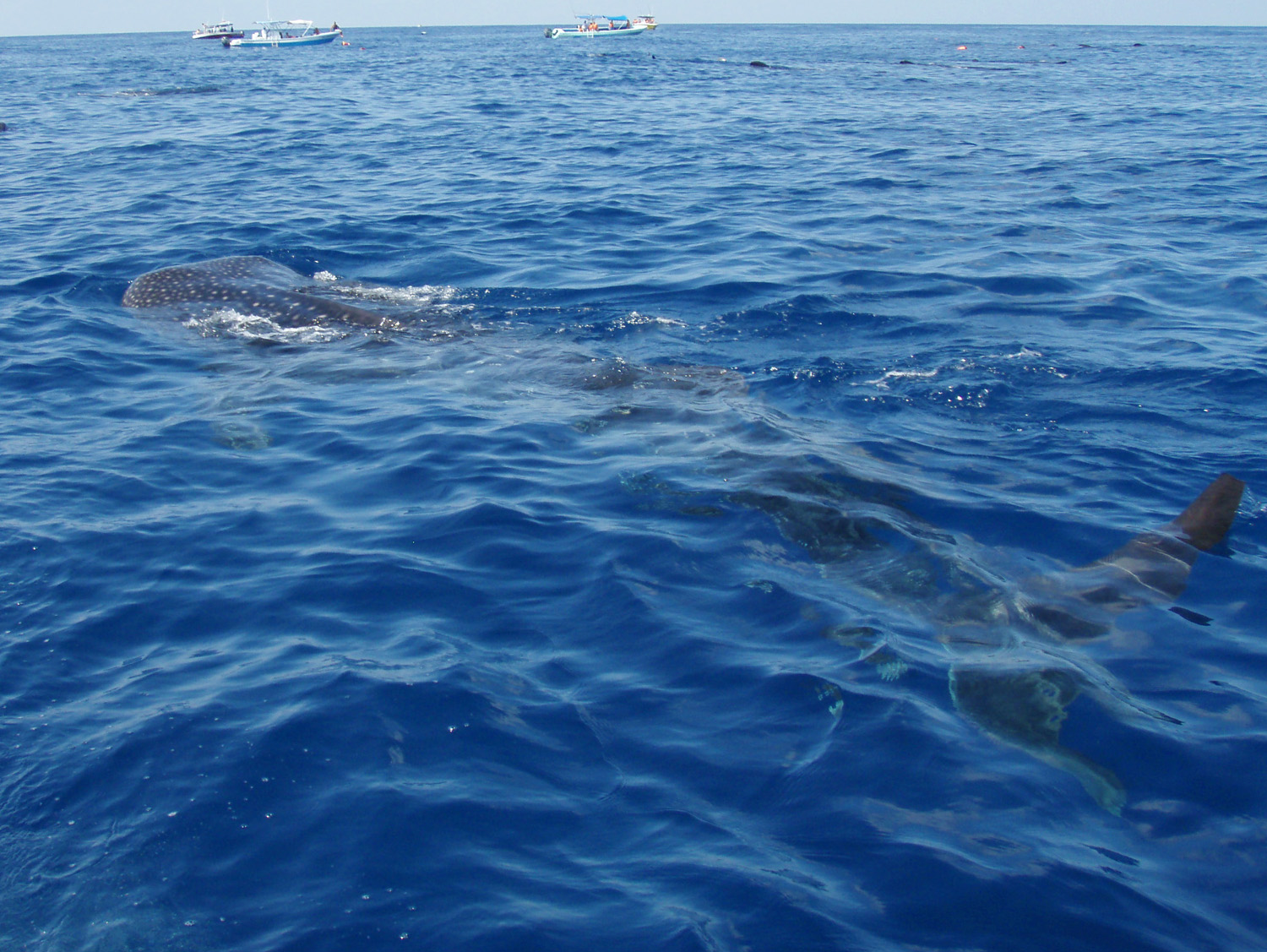
A large whale sharks swims along the surface, likely getting mouthfuls of fish eggs and other plankton.
Slow-motion feeding frenzy
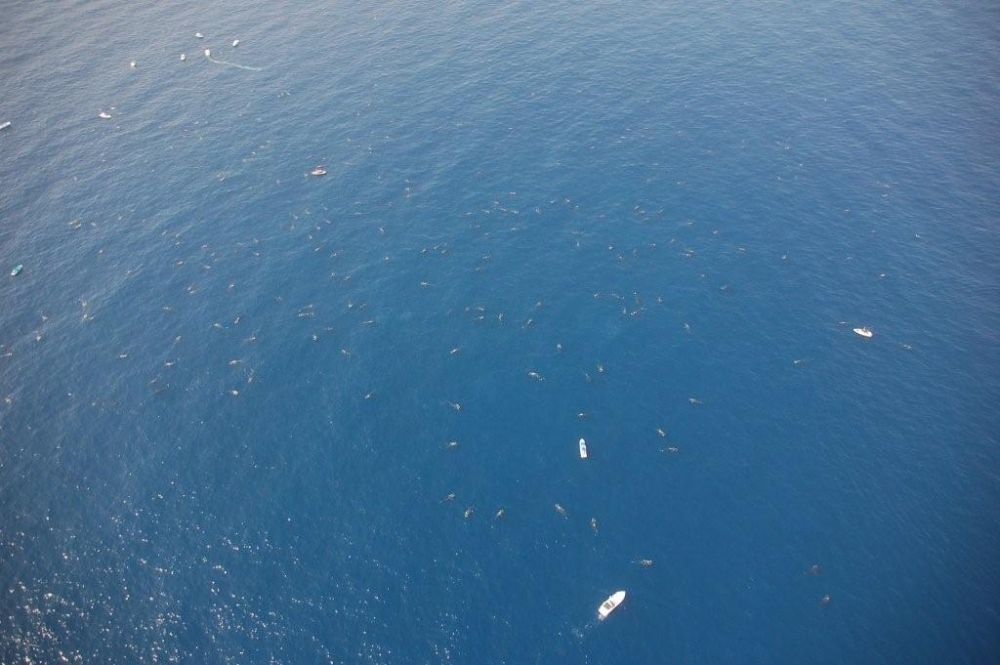
An aerial photograph of sharks feeding near the Yucatan gives a sense of the scale of the shark feeding aggregations.
Swimming with sharks
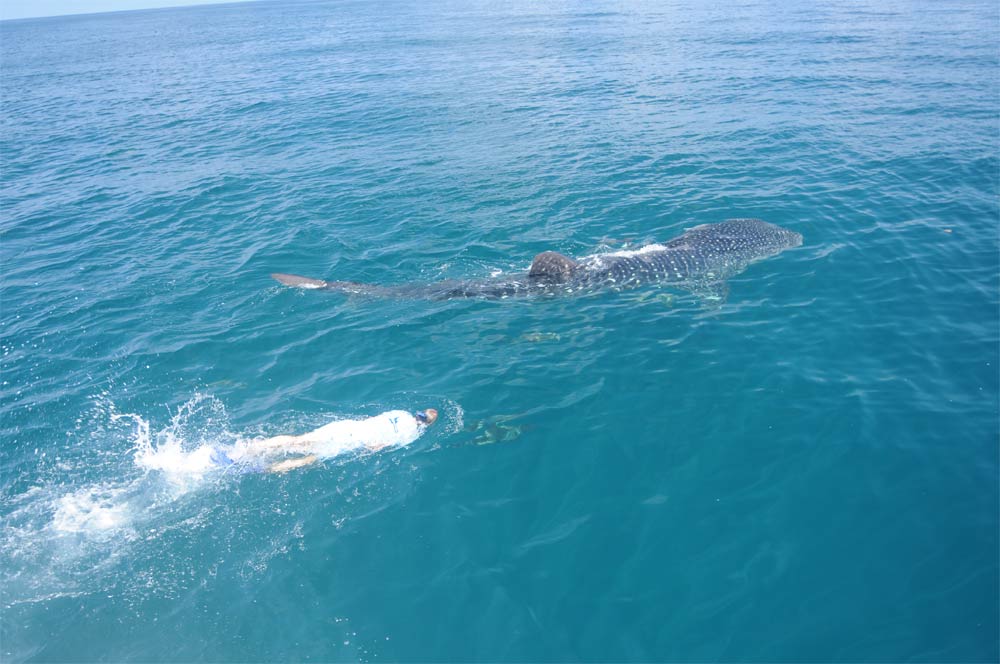
Since 2003, Robert Hueter, director of Mote's Center for Shark Research has been studying whale sharks off Isla Holbox in Mexico's Yucatan Peninsula, where the sharks gather by the hundreds every year. Here he is shown in the Gulf of Sarasota getting ready to tag a whale shark.
Keeping tabs on sharks
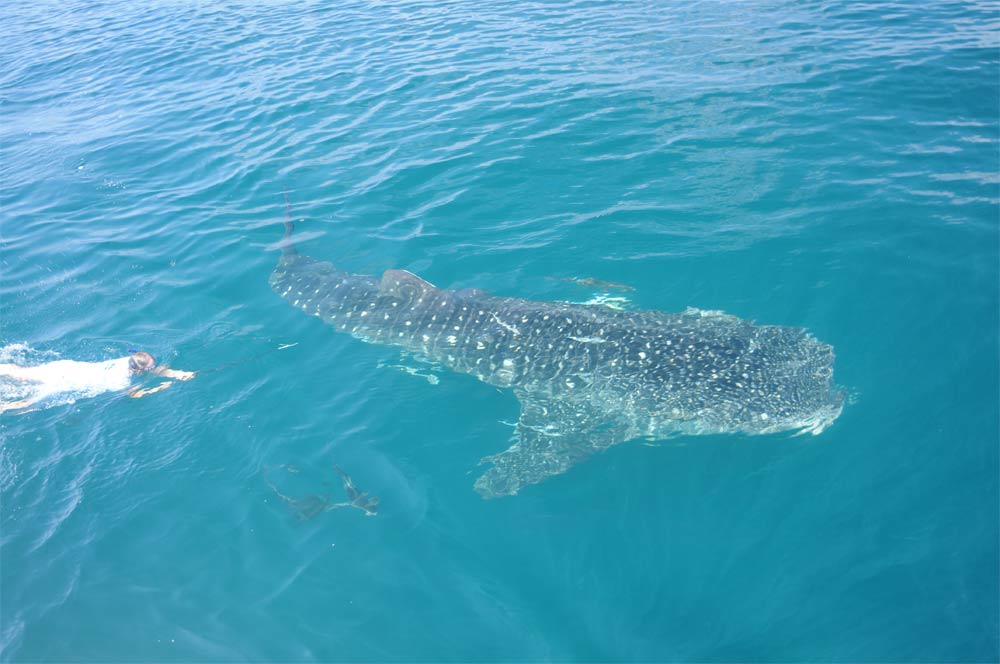
Hueter swims toward a whale shark in the Gulf of Sarasota so he can tag the fish using a Hawaiian sling. The tags will help scientists learn more about the movement patterns of the whale sharks.

Stephanie Pappas is a contributing writer for Live Science, covering topics ranging from geoscience to archaeology to the human brain and behavior. She was previously a senior writer for Live Science but is now a freelancer based in Denver, Colorado, and regularly contributes to Scientific American and The Monitor, the monthly magazine of the American Psychological Association. Stephanie received a bachelor's degree in psychology from the University of South Carolina and a graduate certificate in science communication from the University of California, Santa Cruz.










